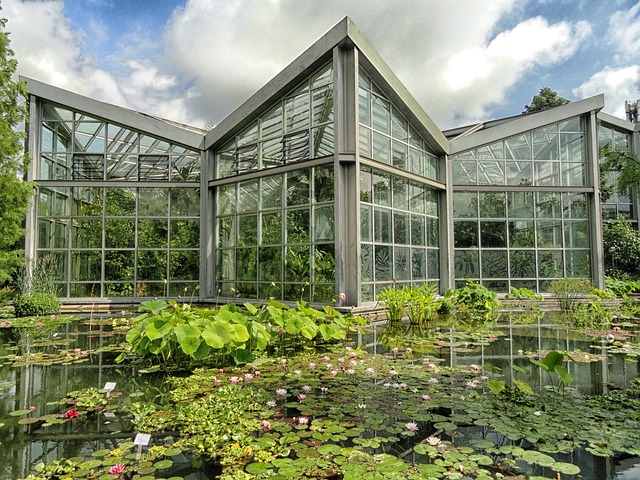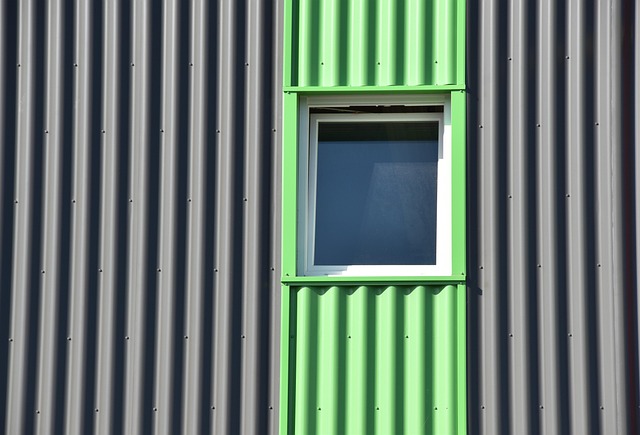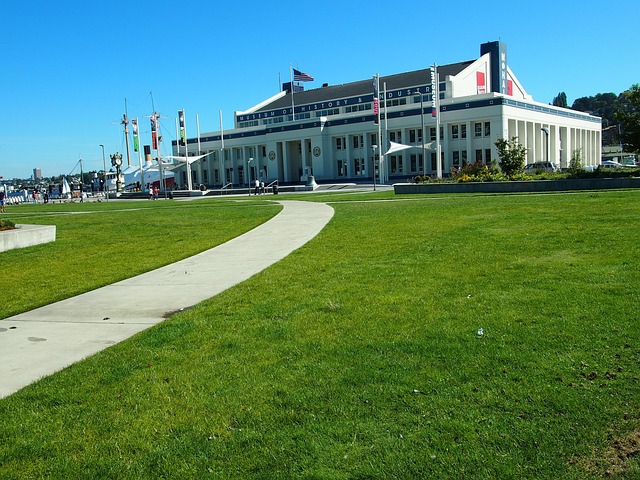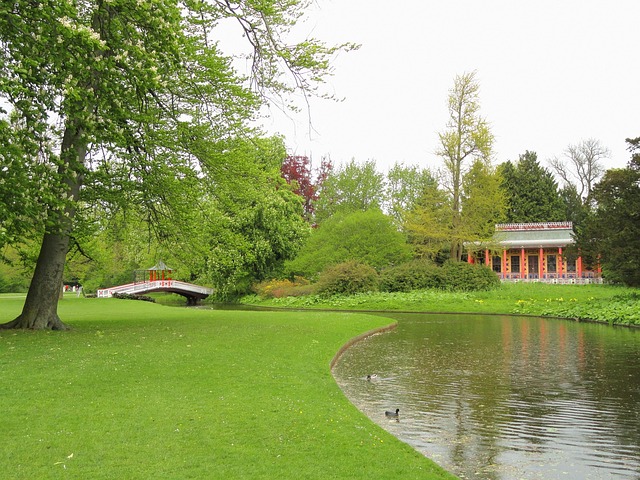The real estate sector is rapidly embracing sustainability due to rising environmental awareness and consumer demand for eco-friendly properties. This trend includes energy-efficient buildings, green spaces, and water conservation measures. Developers and architects are adopting renewable energy, smart home technologies, and environmentally friendly design to minimize ecological impact and long-term costs. Key sustainable materials like bamboo, recycled steel, and bio-based composites are revolutionizing construction, enhancing structural efficiency, and appealing to conscious consumers. Green building materials reduce carbon emissions, lower energy consumption, and improve indoor air quality, becoming more accessible and affordable. Technological advancements and circular economy models further support the growing trend towards sustainable real estate practices.
The real estate industry is undergoing a green revolution as the rising demand for eco-friendly properties pushes the adoption of sustainable materials. This shift towards environmentally conscious building practices aims to reduce the sector’s significant carbon footprint. In this article, we explore the benefits and future prospects of green building materials, focusing on how they mitigate environmental impact in construction. From innovative composites to recycled textiles, these eco-alternatives promise a sustainable path forward for the real estate market.
The Rising Demand for Eco-Friendly Real Estate

The real estate industry is undergoing a significant transformation as consumers and investors increasingly demand sustainable and eco-friendly properties. This rising trend reflects a growing awareness of environmental issues and a desire to minimize carbon footprints. Eco-friendly real estate encompasses various aspects, from energy-efficient buildings constructed with sustainable materials to green spaces and water conservation measures.
As the world grapples with climate change, there is a pressing need for developers and architects to embrace eco-conscious practices. Incorporating renewable energy sources, smart home technologies, and environmentally friendly design elements not only reduces a property’s environmental impact but also offers long-term cost savings for residents. This shift in preference presents an opportunity for the industry to innovate and create spaces that are harmonious with nature while meeting the demands of modern living.
Sustainable Materials: Reducing Carbon Footprint in Construction

In the realm of construction, adopting sustainable materials is a game-changer for reducing a project’s carbon footprint. The building sector contributes significantly to global emissions, making eco-friendly alternatives essential. Materials like bamboo, recycled steel, and bio-based composites offer not only environmental benefits but also enhance the efficiency and durability of structures. These options reduce the need for energy-intensive traditional materials, thereby lowering the overall environmental impact throughout a project’s lifecycle.
Real Estate developers and builders can play a pivotal role in driving this change by prioritizing sustainable materials. From insulation made from recycled denim to flooring constructed from reclaimed wood, these innovations cater to modern consumers’ eco-conscious preferences. By embracing such practices, the industry can contribute to mitigating climate change while creating healthier living spaces.
Benefits and Future Prospects of Green Building Materials

The adoption of eco-friendly materials in construction and real estate is not just a trend but a necessary shift to mitigate environmental degradation. Green building materials offer numerous benefits, including reduced carbon emissions, lower energy consumption, and improved indoor air quality. As these materials gain popularity, they are becoming more accessible and affordable, making sustainable building practices increasingly viable for developers and homeowners alike.
Looking ahead, the future of green building materials appears promising. Innovations in technology are leading to the development of advanced eco-friendly products that outperform traditional options. For instance, biodegradable plastics derived from renewable resources offer durability comparable to conventional plastics while minimizing environmental harm. Additionally, there’s a growing trend towards circular economy models, where waste is minimized, and materials are reused or recycled, further reducing the ecological footprint of construction projects in real estate.






